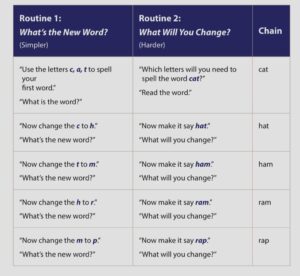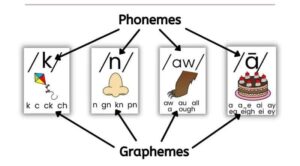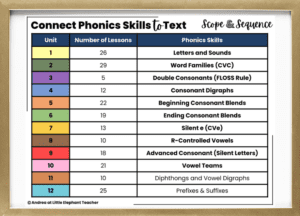A lingua franca refers to a language that serves as a common means of communication between speakers of different native languages. It acts as a bridge to facilitate interactions and understanding among diverse linguistic groups. People often utilize a lingua franca in situations where they do not share a common language but require effective communication. This language can either be the native language of one of the parties involved or a language acquired specifically for communication purposes.
In the modern world, English, often referred to as a global lingua franca, is widely used in international business, diplomacy, science, technology, and entertainment. English’s global presence has made it a common language for cross-cultural communication, its influence has transcended national borders, making it essential for individuals seeking to engage in the global arena, it also plays a pivotal role in international communication. Let’s explore the significance of English language learning in today’s interconnected world.
Globalization and English: A Brief Overview
English as a lingua franca (ELF) is the use of English for inter-community communication among speakers of different first languages. Unlike traditional language learning, which emphasizes native-speaker norms, ELF focuses on the practical and functional use of English in various contexts. This is particularly relevant in formal scenarios like business negotiations and diplomacy, as well as casual interactions. The 21st century’s technological advancements have propelled English to the forefront of global communication, owing to its widespread adoption.
English in Different Countries
English’s global presence is particularly notable in various countries. For instance, in Africa, Mozambique has embraced bilingual education, introducing local dialects alongside international languages. In Asia, China’s autonomous regions educate ethnic minorities in local languages like Uyghur or Tibetan. Additionally, regions like Hong Kong and Macau integrate English alongside their native languages for various subjects, highlighting the importance of multilingualism in education.
The Pluricentric Nature of English
English is a prime example of a pluricentric language, with standardized forms that vary across different countries. This stands in contrast to monocentric languages, which have a single standard form. Pluricentric languages like English accommodate diverse regional norms and usages while maintaining a cohesive global communication tool. Different English-speaking countries manifest variations in the language, with each country showcasing its own linguistic characteristics.
In conclusion, English language learning is a vital endeavor in our globalized world. Its role as a lingua franca, and its integration into education across various countries underscore its significance. As a learner, you could have the chance to embrace the language’s global impact and navigate the multicultural landscape of the 21st century.






